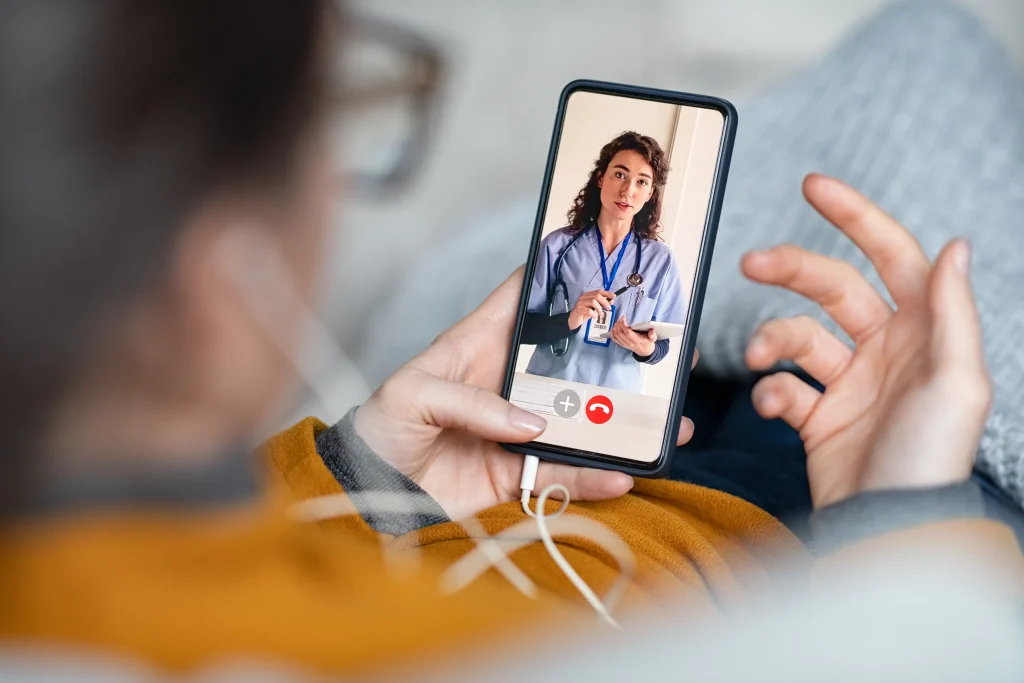When emergencies happen in care homes, every second matters. Whether it’s a resident fall, a sudden medical event, or a family crisis, the speed and clarity of communication can make the difference between a smooth resolution and a serious incident. Traditional phone lines often fall short in these moments, leaving staff juggling busy signals or running between departments to find help.
VoIP (Voice over Internet Protocol) systems offer a smarter solution. By using the internet to manage calls, VoIP unlocks features designed to keep staff connected instantly and reliably. But not all VoIP systems are equal. Some features play a critical role in supporting fast, effective emergency response.
So, which VoIP features should care homes prioritise to strengthen their emergency readiness? Let’s take a closer look.
Key Takeaways
- VoIP systems enable faster internal and external communication during emergencies with features like hunt groups and call forwarding.
- Integration with mobile devices ensures staff can respond immediately, even when away from desks.
- Call monitoring and reporting provide managers with oversight to refine emergency response processes.
The Foundation: Why Communication Matters in Emergencies
Emergencies in care homes aren’t hypothetical, they’re part of daily reality. Staff need to coordinate quickly, residents often require urgent attention, and families may need immediate updates. Traditional phone systems, limited by single lines and static locations, can create dangerous delays.
VoIP systems remove those barriers. Calls are managed through the internet, meaning multiple lines can operate simultaneously, calls can be routed intelligently, and communication becomes mobile.
- No Bottlenecks: Multiple staff can make or receive calls at once.
- Flexibility: Calls can move between devices, ensuring carers aren’t tied to one desk phone.
- Visibility: Managers have real-time oversight of call handling.
One care home manager described how VoIP reduced the chaos of emergency handovers by making sure all departments were connected instantly, rather than staff running back and forth.
Features That Enhance Emergency Response
Hunt Groups and Call Routing
In an emergency, the last thing staff need is a call stuck on hold. Hunt groups allow calls to ring on multiple phones at once until answered. Routing rules ensure the call reaches the right team straight away.
- Nurses’ Station Routing: Emergency calls can go directly to carers rather than reception.
- Simultaneous Ringing: Multiple phones ring together, increasing the chance of an immediate answer.
- Failover Options: If no one answers, the call can redirect automatically to mobiles.
This ensures urgent calls never sit unanswered, even at busy times.
Mobile Integration
Care homes are dynamic environments, and staff rarely stay in one place. Mobile integration means carers can answer calls on their smartphones, tablets, or wireless handsets connected to the VoIP system.
- On-the-Go Response: Staff don’t need to run back to reception to answer an emergency call.
- Push Notifications: Alerts go directly to mobile devices, ensuring nothing is missed.
- Continuity: Staff can switch between devices without dropping calls.
For example, one care home reported faster response times after enabling VoIP mobile apps for carers. Emergencies could be communicated instantly, no matter where staff were in the building.
Call Monitoring and Reporting
During emergencies, managers need oversight. VoIP systems provide call monitoring and detailed reports, giving valuable insight into how incidents are handled.
- Live Monitoring: Supervisors can listen in or join calls if escalation is needed.
- Analytics: Reports show how quickly calls were answered and resolved.
- Training Tool: Reviewing call data helps improve staff response in future emergencies.
This creates accountability and helps refine processes to make emergency response even stronger.
Voicemail-to-Email and Recording
Sometimes emergencies trigger multiple calls at once. If a voicemail is left, VoIP systems can send it directly to email for immediate access. Call recording also ensures critical details are never missed.
- Rapid Message Delivery: Voicemails go straight to inboxes with audio files attached.
- Accurate Records: Recordings provide evidence for follow-ups or incident reviews.
- Improved Handover: Night staff can leave precise updates for the morning shift.
These features prevent important messages from being lost in the rush of a crisis.

Addressing Common Concerns
Some care homes worry that VoIP systems may not be reliable in an emergency. But with business-grade broadband and proper backup measures, VoIP is just as dependable as traditional lines — often more so.
- Internet Failover: Backup broadband lines can take over in case of outages.
- Power Resilience: Systems can be supported with battery backups.
- Ease of Use: Staff don’t need technical skills, as VoIP phones work like traditional handsets.
One care home that hesitated to adopt VoIP soon discovered that its reliability exceeded expectations, even during a regional broadband outage where calls automatically rerouted to mobiles.
Preparing for the Future of Care Home Emergencies
Emergencies are becoming more complex, often requiring coordination with healthcare professionals or emergency services. VoIP systems are future-ready, integrating with video calls, telehealth platforms, and even smart monitoring devices.
- Video Consultations: Doctors can be brought into emergencies instantly via video.
- IoT Integration: VoIP can connect with fall detectors or alarm systems.
- Scalability: As care homes expand, emergency call handling scales with them.
With the UK’s PSTN switch-off in 2025, all care homes will need to move away from traditional phone lines. VoIP is not just a replacement, it’s a step toward safer, more effective emergency management.
Conclusion
When emergencies strike, communication can’t fail. VoIP systems provide the tools care homes need to respond quickly and confidently, from hunt groups and mobile integration to call monitoring and reporting. By adopting these features, staff gain valuable time, residents receive faster care, and families feel reassured that their loved ones are in safe hands.
At circle.cloud, we provide VoIP systems designed specifically for care homes, with features that support emergency readiness as well as day-to-day communication. Learn more here: Care Homes Phone System.
Reach out to us: Which emergency communication challenges do you face most in your care home, and how could VoIP features help solve them?
FAQs
Which VoIP feature is most important for emergencies in care homes?
Hunt groups and call routing are key, as they ensure urgent calls are always answered quickly.
Is VoIP reliable enough for emergencies?
Yes. With business-grade broadband and backup options, VoIP is highly reliable and often more flexible than traditional lines.
How does VoIP help staff who are away from reception?
VoIP integrates with mobile devices, so carers can receive emergency calls and alerts anywhere in the building.
